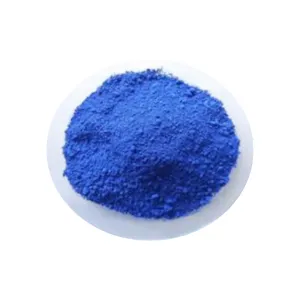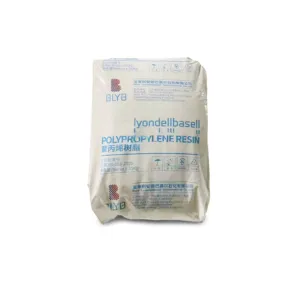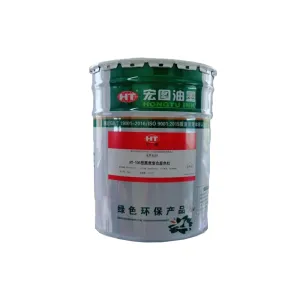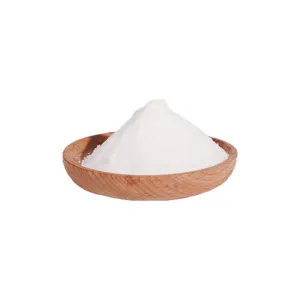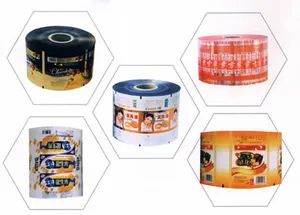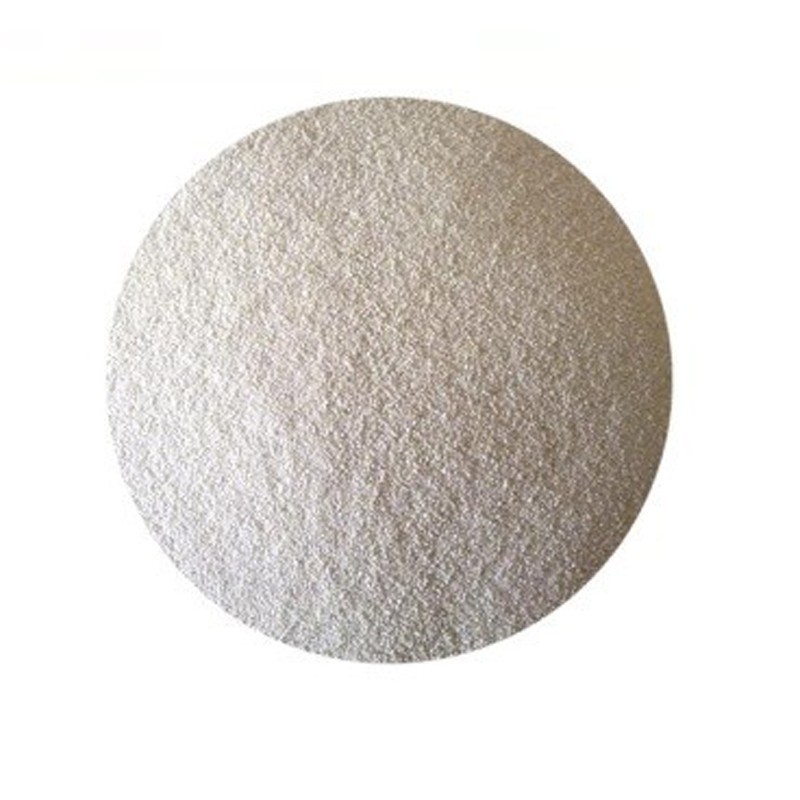InaNathaniei
Release Time:
March 19, 2024, 5:32 PM
Nanostructured titanium dioxide (TiO2) is one of the most promising materials in the field of nanotechnology due to its excellent physical and chemical properties such as high specific surface area, high photoactivity, non-toxicity, excellent optical properties, low-cost, and environmental friendliness. There are several methods to prepare and integrate nanostructured TiO2, and their applications extend to various fields such as in photovoltaic devices, water purification, photocatalysis, sensors, and biomedical fields.
1. Preparation of nanostructured TiO2:
Several methods are employed in the preparation of nanostructured TiO2, which shapes its size, phase, morphology, and unique properties to fit specific applications.
a) Sol-gel method: This is the most common approach for synthesizing nanostructured TiO2 due to its simplicity, low-temperature requirement, and feasible control of size and morphology of the nanoparticles.
b) Hydrothermal method: This method involves the reaction of a titanium precursor in an aqueous medium under controlled temperature and pressure. This method produces nanoparticles with a highly ordered crystalline structure and large aspect ratio.
c) Solvothermal method: Similar to Hydrothermal method but in this, the reaction proceeds in a nonaqueous solvent.
d) Electrochemical method: This method involves the anodization of titanium to produce TiO2 nanotubes. This method is practical for thin film applications.
e) Other methods include flame spray pyrolysis, microwave-assisted synthesis, etc.
2. Integration of nanostructured TiO2:
Integrating these nanoparticles into various applications requires careful considerations, depending on the final use.
a) Thin films: Nanostructured TiO2 can be integrated as thin films in photovoltaic devices using methods such as spin coating or dip coating. These films can act as efficient light absorbers and charge carriers in solar cells.
b) Composite materials: Nanostructured TiO2 can be mixed with various polymers or other nanoparticles to form composite materials with novel properties.
c) Photocatalysts: Nanostructured TiO2 can be used as photocatalysts, where it can help accelerate chemical reactions when exposed to light.
d) Biomedical fields: It can be integrated into biosensors due to its excellent optical properties, or into implant material due to its biocompatibility and strength.
In all these applications, the features of nanostructured TiO2 like size, morphology, phase, and surface modifications are crucial and hence need to be controlled during the preparation stage.




